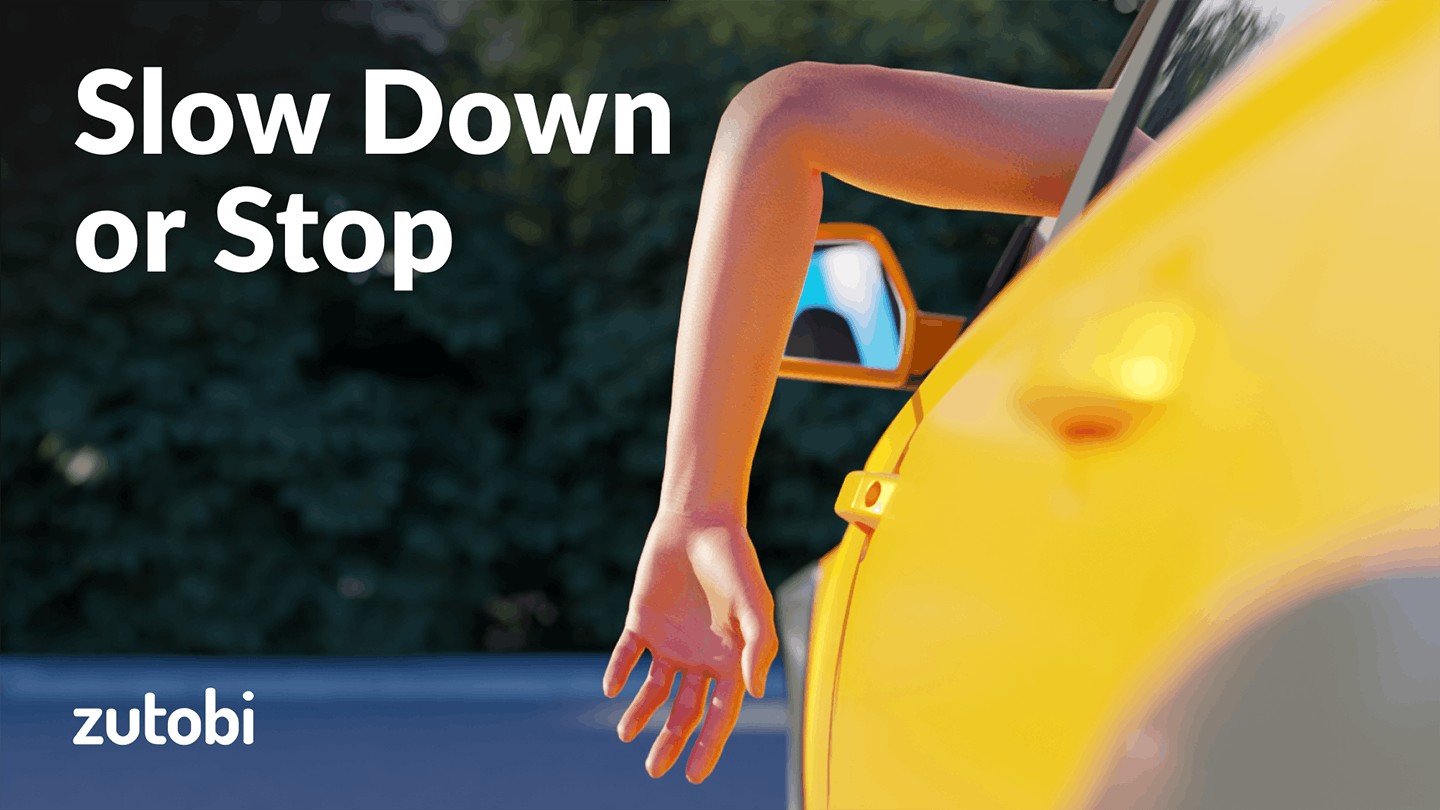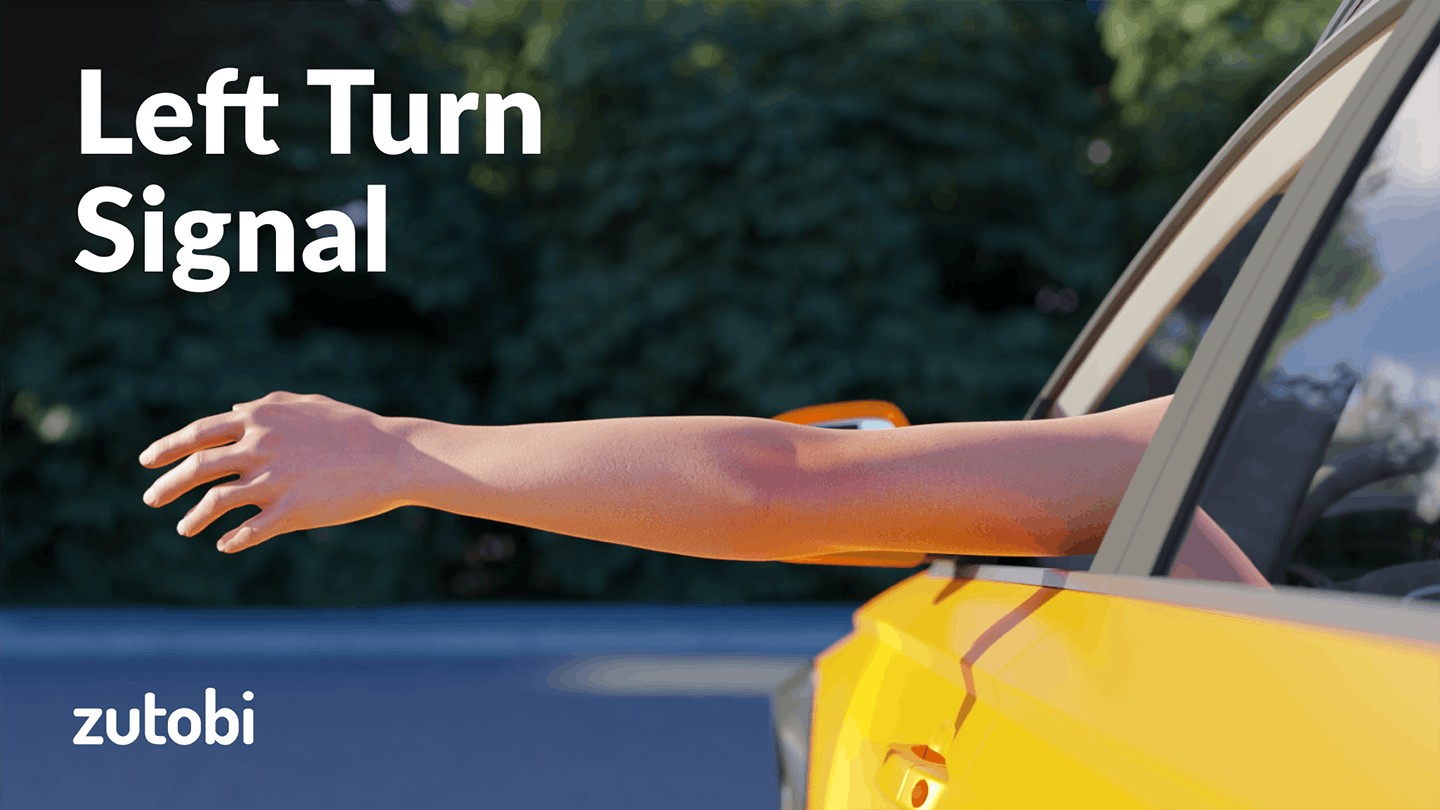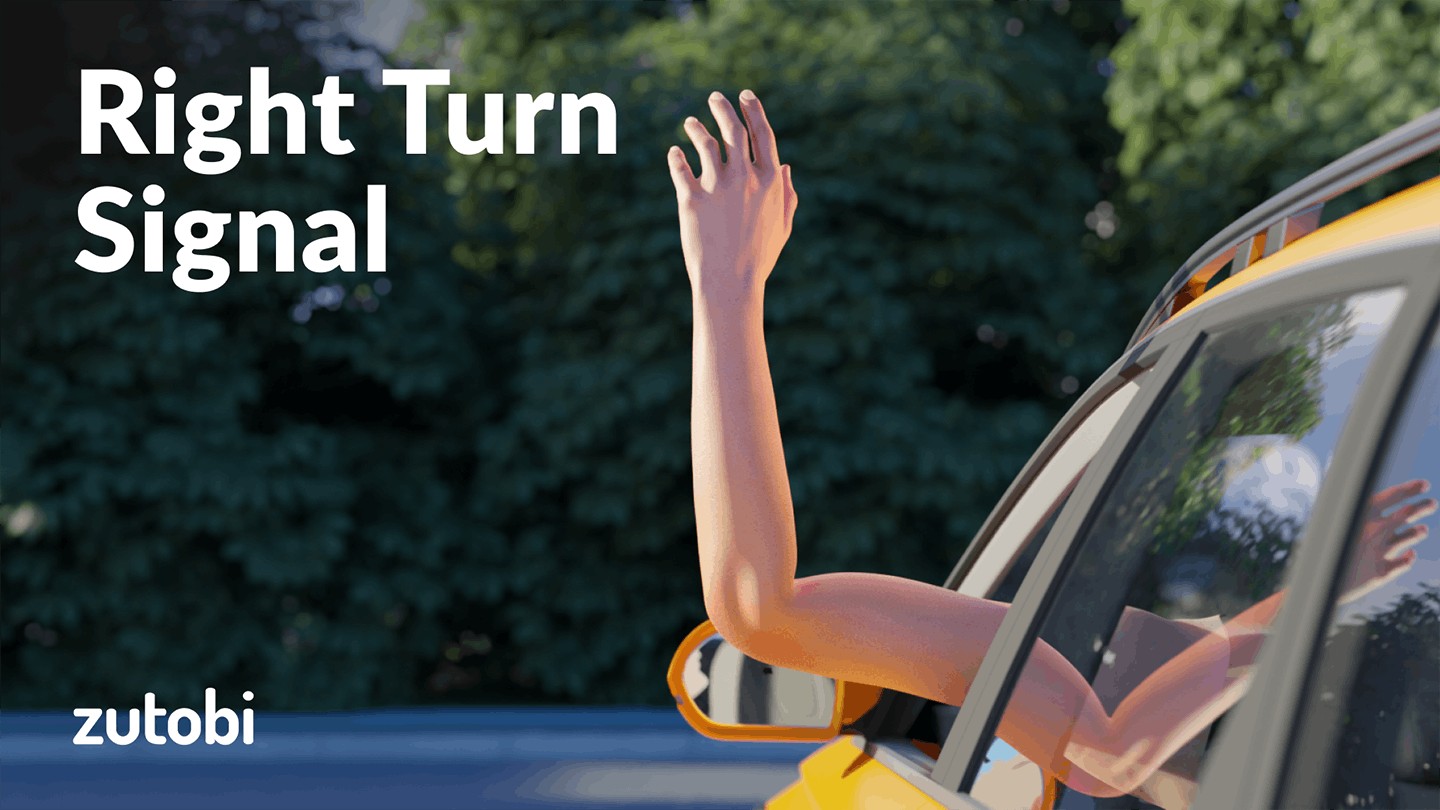Even with the advancements in modern vehicle technology, understanding and utilizing Car Hand Gestures remains a vital skill for every driver, regardless of their experience level. While your car is equipped with turn signals and brake lights, there are still situations where hand signals become indispensable for clear communication and enhanced road safety. Whether you are faced with malfunctioning signals, obscured lights, or simply need to ensure your intentions are unequivocally understood, knowing these fundamental gestures can make all the difference. In this comprehensive guide, we will delve into the essential car hand gestures, their correct execution, and the crucial scenarios where they should be employed.
Understanding the Core Car Hand Gestures: Essential Signals Every Driver Should Know
There are three fundamental hand gestures that every driver should be proficient in. These simple yet effective signals can bridge communication gaps on the road and contribute significantly to preventing misunderstandings and potential accidents.
1. Stop or Slow Down Hand Gesture
 Driver extending left arm downwards to signal slowing down or stopping
Driver extending left arm downwards to signal slowing down or stopping
To effectively communicate your intention to slow down or come to a complete stop to drivers behind you, use the slow down or stop hand gesture. This is executed by extending your left arm out of the driver’s side window and pointing it downwards, with your palm facing towards the rear of your vehicle. Ensure your arm is fully extended and clearly visible in the rearview mirrors of following vehicles. Maintain this signal from the moment you begin decelerating until you have completely stopped, allowing ample time for other drivers to react safely. Using your mirrors frequently to confirm that drivers behind you have acknowledged your signal is also a good practice to ensure clear communication. This gesture is particularly useful in situations where brake lights might be obscured or when engine braking is being primarily used, giving an additional visual cue to other road users.
2. Left Turn Hand Gesture
 Driver extending left arm straight out to signal a left turn
Driver extending left arm straight out to signal a left turn
The left turn hand gesture is a straightforward signal to indicate your intention to make a left turn or change lanes to the left. To perform this gesture, extend your left arm straight out of the side window, parallel to the road and with your palm facing forward. This clear and unambiguous signal should be initiated at least 100 feet before your intended turn or lane change to provide sufficient notice to other drivers. Keep your arm extended and visible throughout the signaling process, until you begin the actual maneuver. It’s crucial to ensure your arm is straight and extended outwards, avoiding any ambiguity that could be misinterpreted by other drivers. This signal is universally recognized and is an essential part of driver communication.
3. Right Turn Hand Gesture
 Driver extending left arm upwards at a 90-degree angle to signal a right turn
Driver extending left arm upwards at a 90-degree angle to signal a right turn
Signaling a right turn using hand gestures requires a slightly different approach due to the positioning relative to other drivers. To indicate a right turn, extend your left arm out of the window and bend it upwards at a 90-degree angle, with your palm facing forward. This upward gesture clearly signals your intent to turn right. Similar to the left turn signal, initiate this gesture at least 100 feet before making your turn, and maintain the signal until you commence the turn. Be particularly mindful of vehicles to your right, as they might have a less direct line of sight to your left-side hand signal. Extra caution and checking your surroundings are advised before initiating a right turn using hand signals.
When Hand Gestures Become Crucial: Situations Where Manual Signals Are Indispensable
While modern vehicles are equipped with signal lights, there are several scenarios where car hand gestures become not just helpful, but absolutely necessary for safe driving and effective communication on the road.
Malfunctioning Turn Signals
The most obvious and legally mandated situation for using hand gestures is when your vehicle’s turn signals are malfunctioning. A failure in your indicator system can occur due to electrical issues, blown bulbs, or other mechanical problems. In such cases, hand signals become your primary means of communicating your turning intentions to other drivers and are often legally required. Operating a vehicle with defective turn signals without using hand signals can be a traffic violation in many jurisdictions, emphasizing the importance of knowing and using these manual signals as a backup.
Obscured Signals
Even when your turn signals are functioning correctly, external factors can sometimes render them ineffective or difficult to see. Bright sunlight, especially at dawn or dusk, can wash out the visibility of signal lights, particularly older or dimmer ones. Similarly, if your vehicle is positioned behind a larger vehicle or in heavy rain or fog, your signal lights might be obscured from the view of drivers behind you. In these situations, using clear and deliberate hand gestures can significantly improve your visibility and ensure your intentions are understood, adding an extra layer of safety in challenging visibility conditions.
Emergency Situations
Beyond turn signals, hand gestures can also be vital in various emergency scenarios. If your vehicle breaks down on the side of the road, using hand gestures can help direct traffic around you safely. In situations where you need to communicate with other drivers about a hazard ahead, or simply to acknowledge a thank you, a simple hand gesture can be more effective and immediate than relying solely on vehicle lights or horn. In breakdown situations, gestures can also help communicate with breakdown recovery services or other assisting parties.
Can Hand Gestures Replace Turn Signals? Understanding Limitations
It’s crucial to understand that while car hand gestures are an essential backup and communication tool, they are not intended to be a permanent replacement for properly functioning turn signals. Using hand signals is a temporary solution to ensure safety and legal compliance when your vehicle’s signals are compromised.
Routinely relying on hand signals instead of repairing faulty turn signals is not only unsafe but also irresponsible. Modern vehicle signal systems are designed for optimal visibility and ease of use for both the driver and other road users. Hand signals, while effective, require the driver to take a hand off the steering wheel, potentially reducing control, especially in complex driving situations.
Furthermore, neglecting to repair malfunctioning signal lights can lead to legal repercussions and potential liability in case of accidents. Prioritizing vehicle maintenance and ensuring all safety systems, including signal lights, are in proper working order is a fundamental aspect of responsible driving.
Are Car Hand Gestures Part of the Driving Test?
Yes, knowledge and demonstration of car hand gestures are indeed a part of standard driving tests in most regions. Driving examiners will typically ask candidates to demonstrate one or more of the basic hand signals to assess their understanding of these essential communication methods.
Being able to confidently and correctly perform hand signals during your driving test not only demonstrates your preparedness but also highlights your commitment to road safety and comprehensive driving skills. Mastering hand gestures is not just about passing the test; it’s about becoming a more aware, responsible, and safer driver in all potential road scenarios.
Conclusion
In conclusion, while modern vehicles boast sophisticated signaling systems, the knowledge and ability to use car hand gestures remain an indispensable skill for every driver. From legally required situations like malfunctioning signals to enhancing communication in obscured visibility or emergency scenarios, hand gestures provide a vital layer of safety and clarity on the road. By mastering these simple yet effective signals, you contribute to safer roads for yourself and everyone around you. Remember, being a responsible driver extends beyond just controlling your vehicle; it includes clear and effective communication with all road users, and car hand gestures are a cornerstone of that communication.
